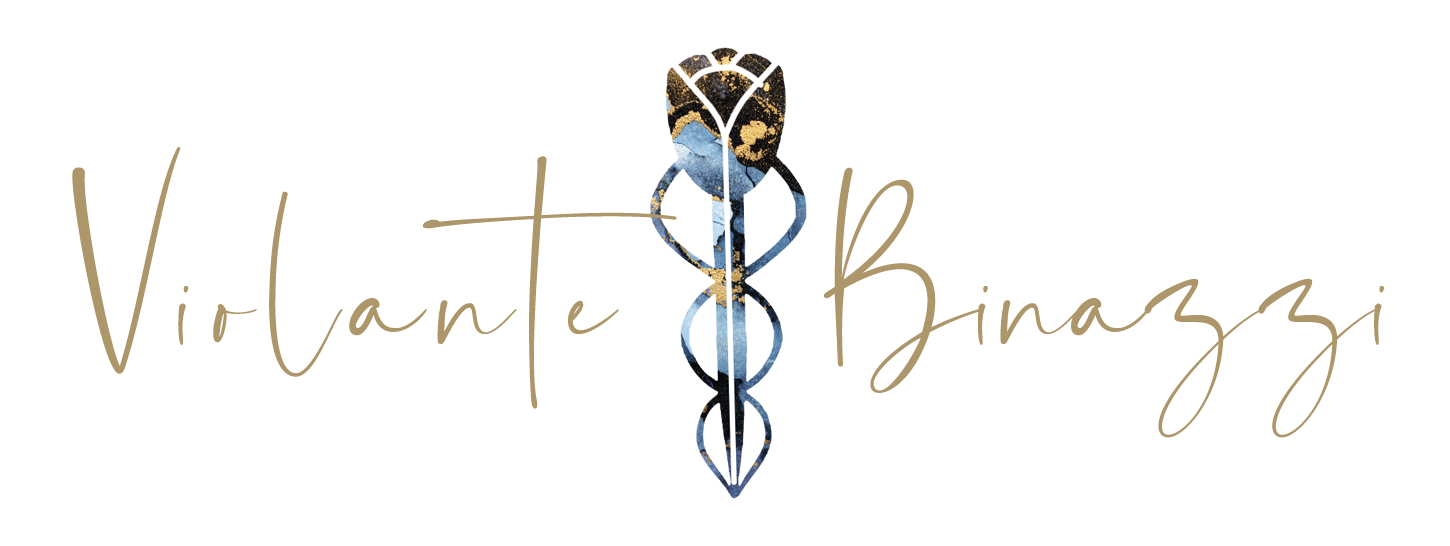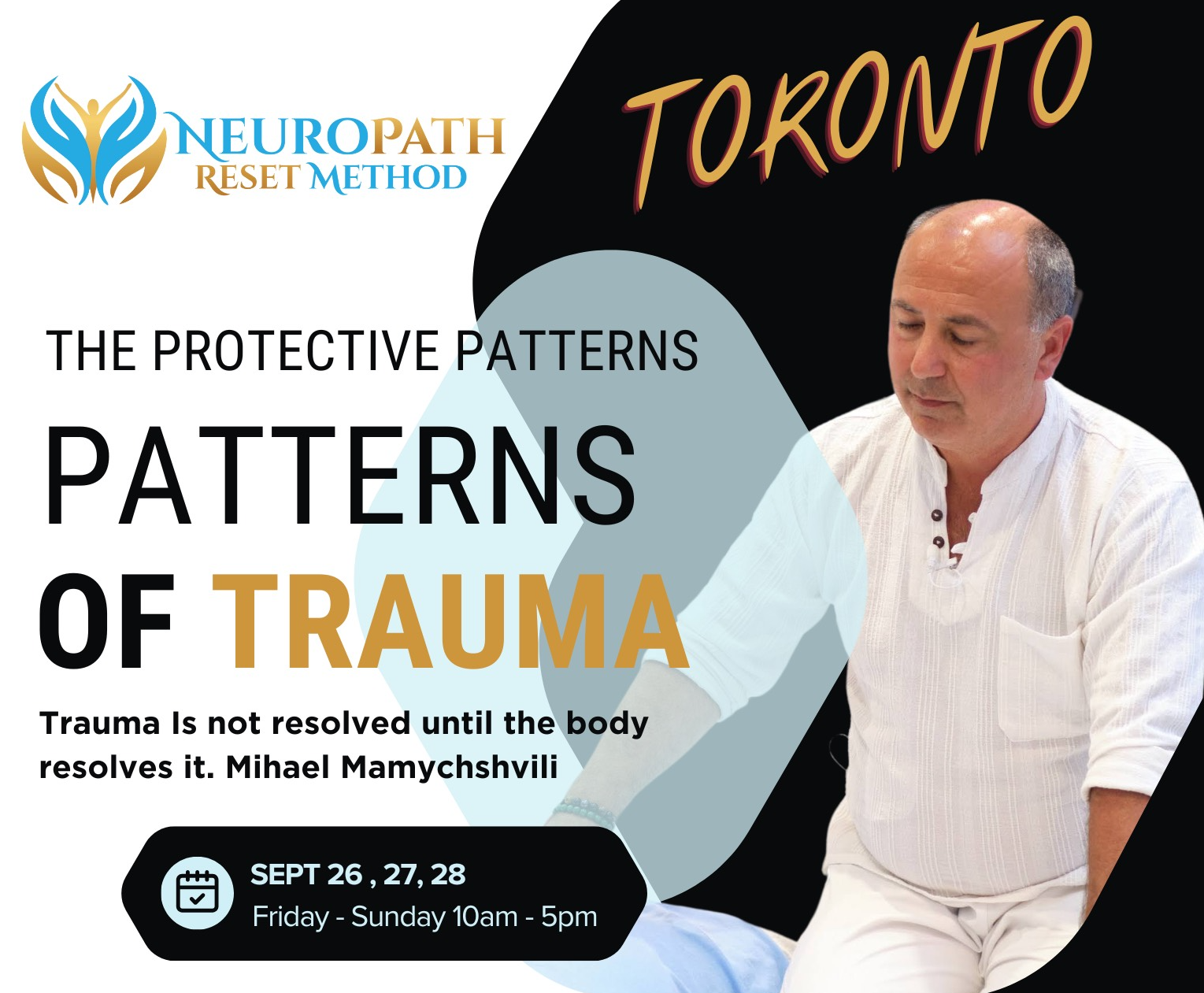The Art of Vitality: Exploring the Ancient Practice of Qigong
In the quest for holistic well-being and the pursuit of harmony between mind, body, and spirit, ancient practices have emerged as powerful tools for achieving balance. Qigong, an ancient Chinese art, is one such practice that has been revered for centuries for its profound impact on health, vitality, and inner peace. Rooted in Traditional Chinese Medicine (TCM) and Daoist philosophy, Qigong offers a holistic approach to cultivating and balancing the body’s vital life force energy, known as “qi.”
Qigong, pronounced “chee-gong,” combines two Chinese words: “qi,” meaning energy or life force, and “gong,” meaning skill or cultivation. Together, Qigong can be translated as the cultivation of vital energy. This practice encompasses a diverse range of movements, postures, breathwork, and meditation techniques designed to harmonize the flow of qi within the body.


Qigong has a rich history dating back thousands of years to ancient China. Its roots are intertwined with Daoist and Confucian philosophies, traditional Chinese medicine, and martial arts. Over time, various styles of Qigong have emerged, each with its unique set of movements, principles, and objectives. Some styles focus on health and well-being, while others are geared toward martial arts applications.

Key Principles of Qigong:
- Qi Cultivation: At the core of Qigong practice is the cultivation, circulation, and balance of qi within the body. Practitioners believe that when qi flows smoothly and harmoniously through the body’s meridians, health is optimized, and disease is prevented.
- Mindful Movement: Qigong incorporates gentle, flowing movements that synchronize with the breath. These movements are designed to promote flexibility, strength, and balance while fostering a deep sense of relaxation and mindfulness.
- Breathwork (Qigong Gong): Conscious breathing is a fundamental aspect of Qigong. Specific breathing techniques are employed to enhance the flow of qi, oxygenate the body, and calm the mind.
- Meditation and Visualization: Qigong often includes meditation and visualization practices to further quiet the mind, focus intention, and connect with the inner aspects of oneself.
Benefits of Qigong:
- Stress Reduction: The mindful and meditative aspects of Qigong promote relaxation, helping to alleviate stress and tension.
- Improved Physical Health: Regular practice of Qigong has been associated with improved balance, flexibility, and cardiovascular health. It also supports the immune system and enhances the body’s ability to heal.
- Emotional Well-Being: Qigong is known for its positive impact on mental and emotional well-being. It can help reduce anxiety, depression, and promote a sense of inner peace.
- Increased Energy and Vitality: By enhancing the flow of qi, Qigong revitalizes the body and boosts overall energy levels.
Qigong, with its ancient lineage and profound principles, stands as a testament to the wisdom of traditional Chinese practices. As individuals worldwide seek holistic approaches to health and wellness, the gentle yet powerful art of Qigong offers a pathway to balance, vitality, and spiritual growth. Whether practiced for physical health, mental clarity, or spiritual exploration, Qigong remains a timeless and accessible tool for those on a journey toward a harmonious and vibrant life.


